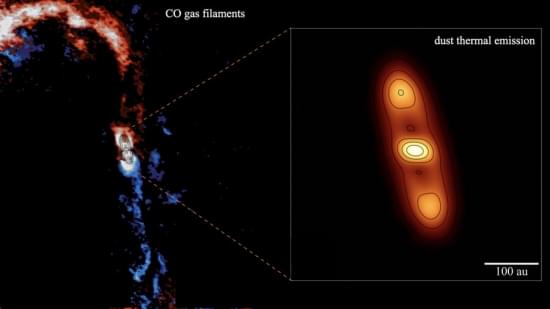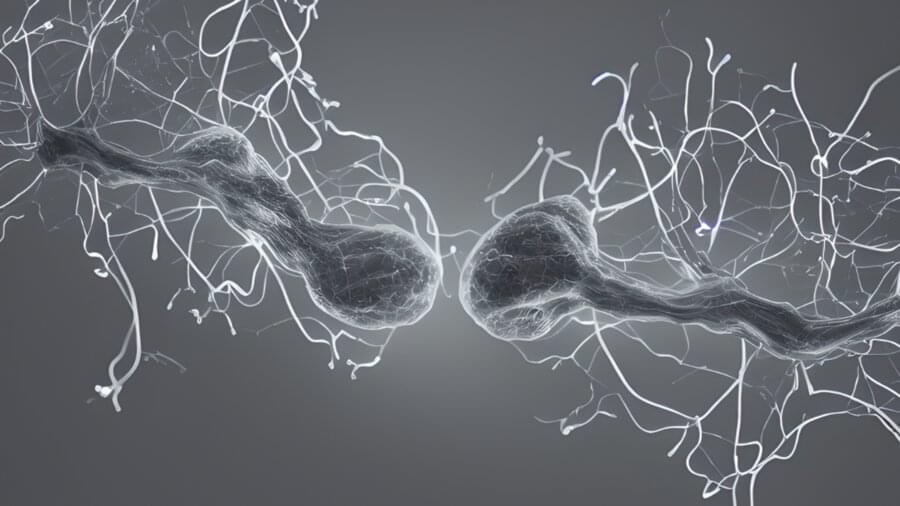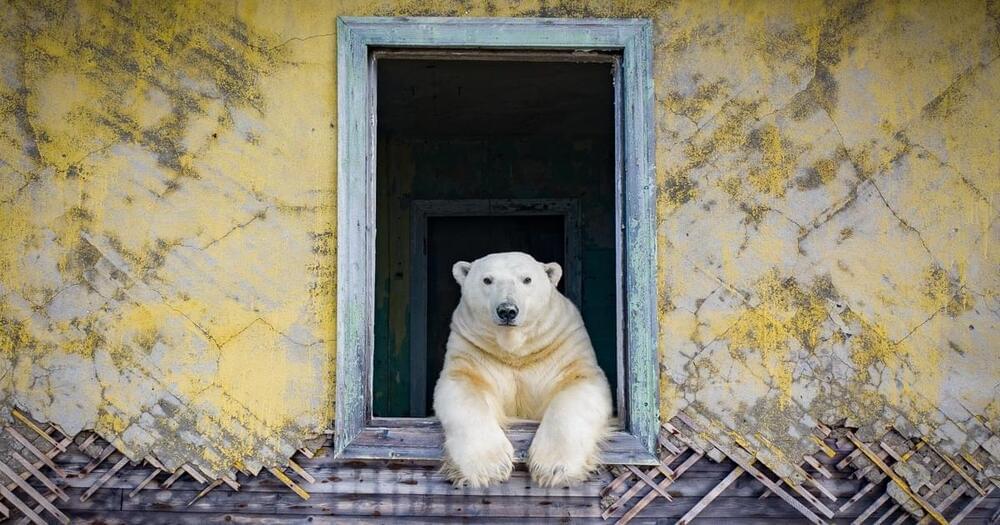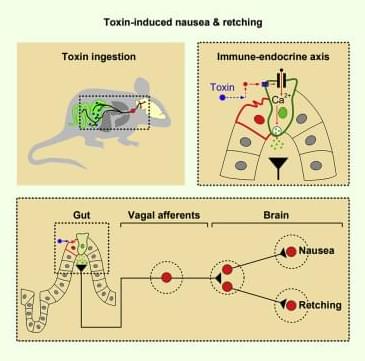A bit concerning cellular reprogramming after a few minutes, and stating a goal just before 7:00 a stated goal of reversing aging across the entire human.
Get the latest international news and world events from around the world.

MoMA Installation Marks Breakthrough for AI Art
AI-generated art has arrived.
With a presentation making its debut this week at The Museum of Modern Art in New York City — perhaps the world’s premier institution devoted to modern and contemporary art — the AI technologies that have upended trillion-dollar industries worldwide over the past decade will get a formal introduction.
Created by pioneering artist Refik Anadol, the installation in the museum’s soaring Gund Lobby uses a sophisticated machine-learning model to interpret the publicly available visual and informational data of MoMA’s collection.

Can Aging Be Reversed? Scientists Are On The Verge Of Turning It Into A Reality
“There are no hard limits imposed by biology or by physics that says that we can’t live better longer,” Kristen Fortney, CEO of San Francisco-based BioAge Labs, told the outlet. Focused on discerning the markers of aging, BioAge Labs is using large amounts of biobank blood and tissue samples to do so.
The company has already found a drug target that slows aging-linked muscle loss in mice.
“There is a protein called apelin that circulates in the blood, and we saw that middle-aged people with higher levels of apelin in their blood were living longer, with better muscle function and better cognitive function as they age,” Fortney said, according to Express.


Solving brain dynamics gives rise to flexible machine-learning models
Its why we should reverse engineer lab rat brains, crow brains, pigs, and chimps, ending on fully reverse engineering the human brain. even if its a hassle. i still think could all be done by end of 2025.
Last year, MIT researchers announced that they had built “liquid” neural networks, inspired by the brains of small species: a class of flexible, robust machine learning models that learn on the job and can adapt to changing conditions, for real-world safety-critical tasks, like driving and flying. The flexibility of these “liquid” neural nets meant boosting the bloodline to our connected world, yielding better decision-making for many tasks involving time-series data, such as brain and heart monitoring, weather forecasting, and stock pricing.
But these models become computationally expensive as their number of neurons and synapses increase and require clunky computer programs to solve their underlying, complicated math. And all of this math, similar to many physical phenomena, becomes harder to solve with size, meaning computing lots of small steps to arrive at a solution.
Now, the same team of scientists has discovered a way to alleviate this bottleneck by solving the differential equation behind the interaction of two neurons through synapses to unlock a new type of fast and efficient artificial intelligence algorithms. These modes have the same characteristics of liquid neural nets—flexible, causal, robust, and explainable—but are orders of magnitude faster, and scalable. This type of neural net could therefore be used for any task that involves getting insight into data over time, as they’re compact and adaptable even after training—while many traditional models are fixed.

These Polar Bears Are Living Their Best Life on an Abandoned Island
Polar bears begin living in abandoned buildings in a remote island.
Kokh’s photos are a welcome sight, as we’re often shown images of polar bears who are struggling. But here, we are able to see these incredible creatures lounging on the grass or peering out from windows to see what Kokh is up to. This thrilling opportunity to see the polar bears is something that Kokh will not soon forget. He and his traveling companions covered over 1,200 miles of the coast in a sailboat, exploring the untouched landscape.
Their original destination to photograph polar bears—Wrangle Island—turned out to be a bust. Though the island is famous for its bears, they simply weren’t there when the adventurers landed. Instead, they were treated to something that was perhaps better—and certainly more unexpected.
“Nature always sends you something when you least expect it,” Kokh tells My Modern Met. “When we passed through the Kolyuchin Island near the Northern coast of Chukotka, we saw some movements in the windows of the abandoned houses. And when we got close—those were bears! Never before they were seen in those buildings, so that was a once in a lifetime situation.”

New Study Reveals How the Reproductive System Can Accelerate Aging and Worsen Health
A new study in an animal model of aging indicates a potential reason for why women who have early menopause or other genetic conditions affecting the reproductive system are more prone to develop cardiovascular disease, diabetes, and dementia.
The new study, led by researchers from the University of Pittsburgh and UPMC and published in the journal Aging Cell, found that disrupting a process called meiosis in C. elegans reproductive cells caused a decline in the worms’ health and triggered an accelerated aging gene signature similar to that of aging humans.
“This study is exciting because it’s the first direct evidence that manipulating the health of reproductive cells leads to premature aging and a decline in healthspan,” said senior author Arjumand Ghazi, Ph.D., associate professor of pediatrics, developmental biology, and cell biology and physiology at Pitt and UPMC Children’s Hospital of Pittsburgh. “The implications of this finding are profound: It suggests that the status of the reproductive system is important not simply to produce children, but also for overall health.”

6 Ways to Regulate Your Nervous System (According to Neuroscience)
Thank you to Squarespace for sponsoring today’s video! Head to https://www.squarespace.com/anna to save 10% off your first purchase of a website or domain using code ANNA
Create your dream life guidebook: bit.ly/ManifestingWithAnna thank you for your support! https://patreon.com/annaakana connect.
Instagram: https://www.instagram.com/annaakana.
Twitter: http://twitter.com/annaakana.
Facebook: https://www.facebook.com/annaakana.
Spotify: https://spoti.fi/2MvmYjE
Shot by John Lee.
http://instagram.com/johnleestills grip — Melissa Gasca.
http://instagram.com/meliseeta sound — Jason Mobley edited by Ben Chinapen.
https://twitter.com/BenChinapen gfx by Bethany Radloff.
http://youtube.com/bethberad